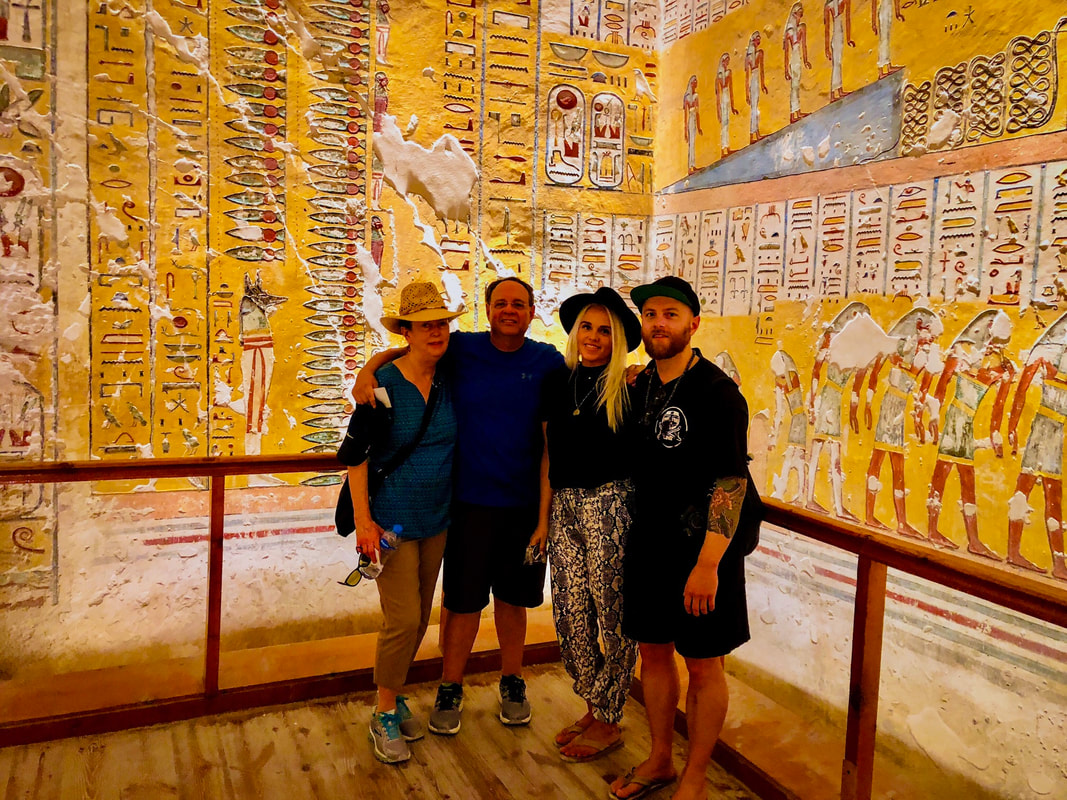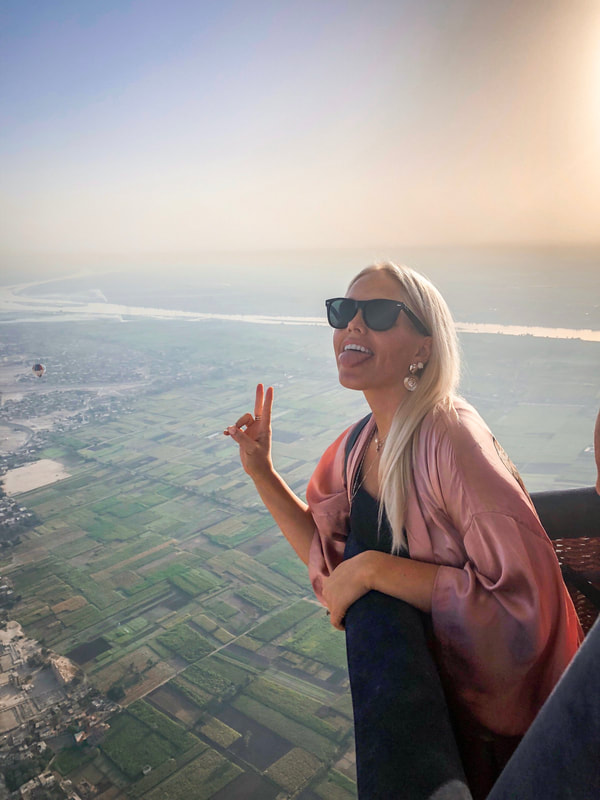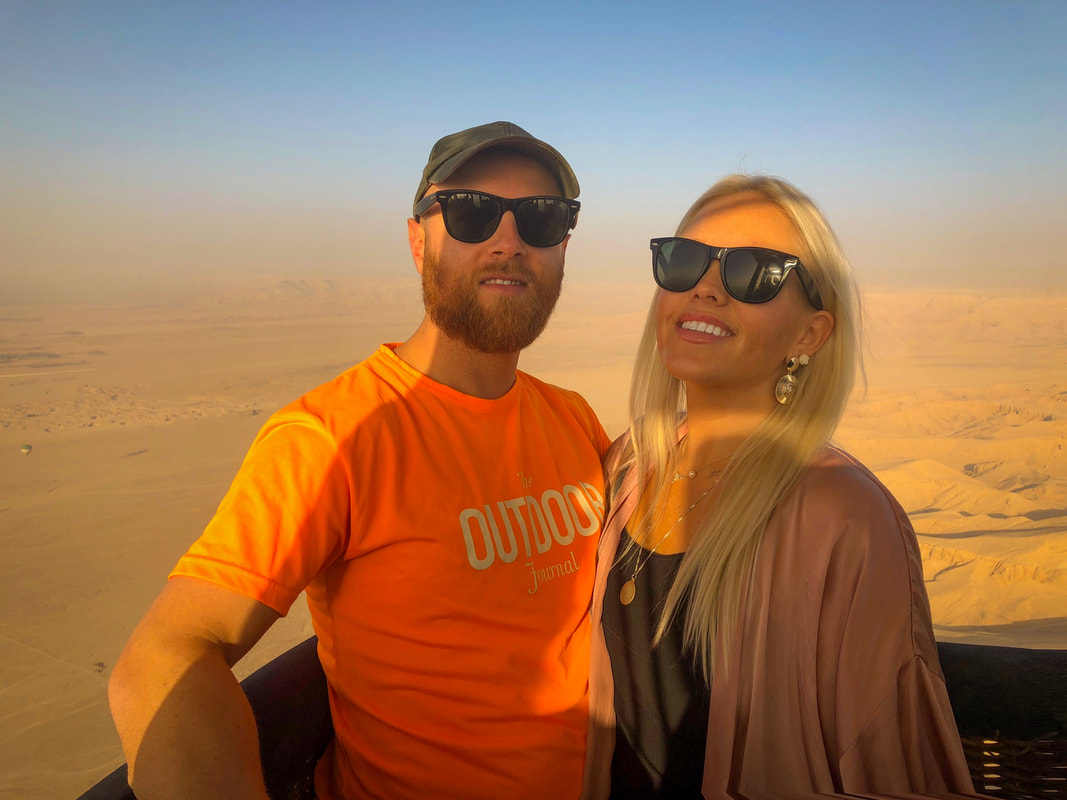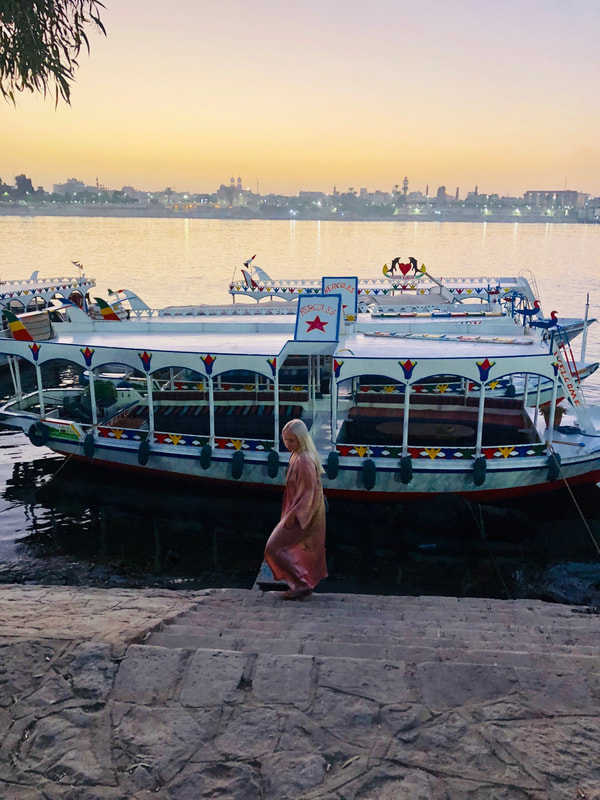|
After two action-packed days in Cairo, we took the first flight of the morning to Luxor to explore the city sprawled across the east and west banks of the Nile River. Luxor, known as Thebes in ancient times, is also reachable by train, but the hour-long flight is a time-saver. Unlike Cairo, Luxor felt airy, open and, along the Nile, almost tropical, fading out to vast deserts. West Bank Itinerary: Medinet Habu: Excavated from mud in the 1800s, this mortuary temple to Ramses II was one of our favorites of the trip due to its preserved intricate carvings and brightly colored painted wall reliefs and ceilings. Valley of the Kings: Scientists are still making new discovery in this valley of ancient tombs. King Tut's burial place was discovered here in 1922, and visitors can enter his tomb and view his mummy for an extra fee. The tombs of Ramses III, V and VI should not be missed. The authorities rotate which tombs are open to the public to help preserve the structures, but if you are alone in a tomb with a guard, you can give him a tip for extra access. Temple of Hatshepsut: Partially reconstructed temple of the first female Pharaoh Hatshepsut. Considered the closest Egypt came to Classical architecture. Colossi of Memnon: Completed in 1350 BC, these are two massive stone statues of the Pharaoh Amenhotep III. Walk around to view them from every angle. Hot Air Ballooning: We signed up with Sindbad Hot Air Balloons for a sunrise trip over the Valley of the Kings. This was one of the best experiences of the holiday, with views over the ancient Egyptian tombs and temples and an expansive perspective of the Nile, nearby vegetation and sprawling desert. This was our first hot air balloon and the ride was so smooth we can't wait to do it again. Beit Sabee Guesthouse: We stayed at this traditional Egyptian guesthouse for one night. Each room features local decor and furniture (including signature Egyptian hard mattresses and open wet bathrooms). The roof deck overlooks Medinet Habu, and we enjoyed breakfast crepes and a sunset dinner feast of fish stew, rice, bread and dips with views across the desert. If you have time, the Valleys of Queens, Nobles and Artisans are meant to be spectacular. Check out our West Bank Travel FilmEast Bank: Karnak Temple Complex: The largest and most impressive temple we saw in Egypt, the temples, chapels and pylons here were built over hundreds of years by nearly thirty pharaohs. This is the second most visited tourist site in Egypt, so it's good to go early or in the late afternoon just before closure. Luxor Temple: Excavated in the 1880s, this temple dates from 1400 BC. A long road lined with sphinxes leads to the temple, which once had two towering obelisks at the entrance. One remains and the other sits in central Paris. In Roman times, the temple was used as a seat of government. Sofitel Winter Palace: This 19th-century palace turned hotel was once a winter retreat for the Egyptian royal family. Agatha Christie wrote her famed 1937 novel Death on the Nile at the hotel. Though a little tired, the rooms are huge, with soaring ceilings, and the jasmine scented gardens are beautiful. These are the must-see sites, but the Luxor Museum also came highly recommended. Our guide mentioned that the vendors at the souk in Luxor can be very aggressive, so it is recommended to go with a local if possible. A guide can also lead you to shopping locations outside the souk - Erin had a custom gold cartouche necklace made with her name in hieroglyphics. Tell your guide what you are interested in and he may be able to take you to a good spot outside the souk. We recommend using Ahmed as a guide. Check out our East Bank of Luxor Travel FilmMore Adventures in Egypt |
Adventure Travel GuidesCategories
All
|



























